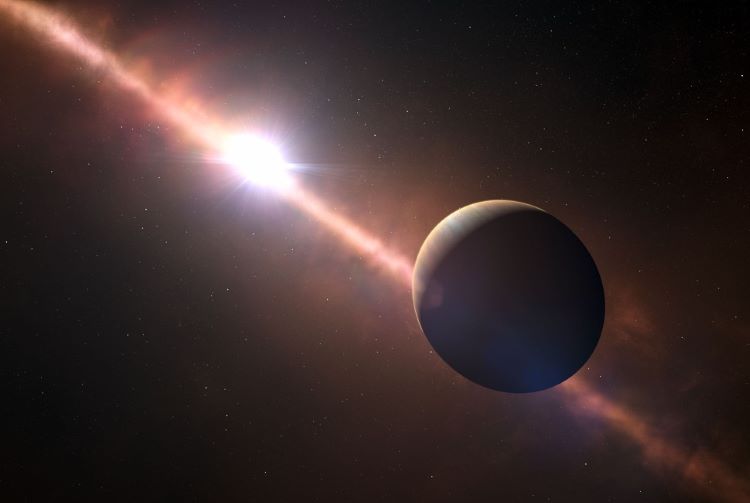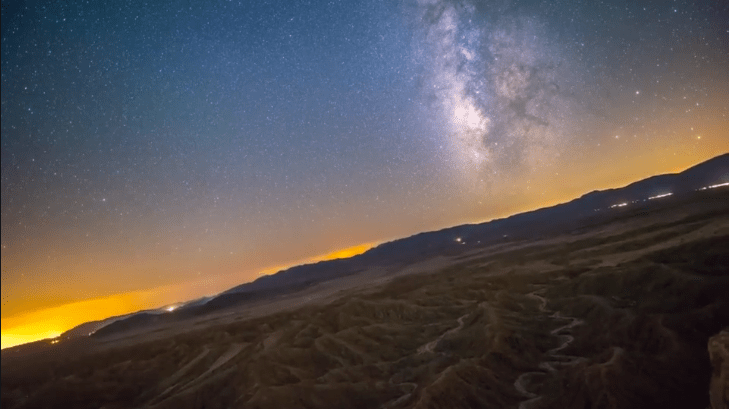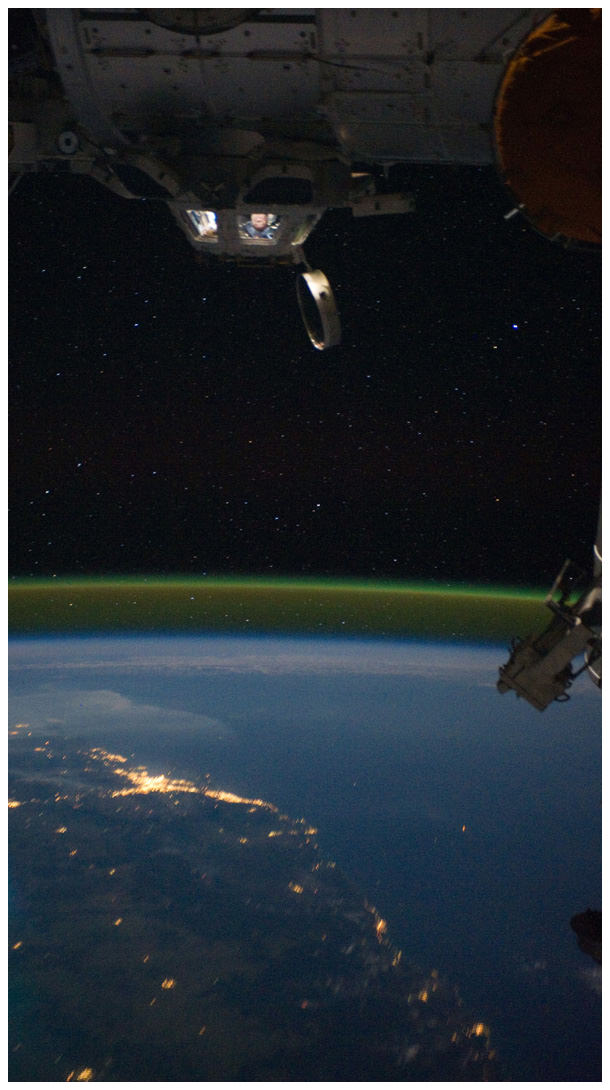Time Lapse From Space – Literally. The Journey Home. from Fragile Oasis on Vimeo.
We’ve seen lots of timelapse videos lately from the International Space Station, as the astronauts have just recently started shooting long sequences of images enabling the creation of these stunning videos made from still photos. This video was put together by one of the photographers himself — Ron Garan — who returned home on September 16, 2011 after spending about six months in space. Today on his blog, Fragile Oasis, Garan explained how the genesis of time-lapse photography on the ISS came from a suggestion from Katrina Willoughby, a photography instructor for the astronauts.
“I hadn’t tried time-lapse yet because I overestimated how hard it would be to capture great images, and the time-lapse photography I had seen to date didn’t seem as impressive as the still imagery we had been taking with some of the new equipment onboard,” Garan said.
But he set up a Nikon D3S camera in the Cupola on the space station (see an awesome picture of him, below, working in the Cupola), took some practice shots, and worked on getting the right settings, then set up the camera to take about 500 pictures at 3-second intervals.
“When I saw the results, I was so excited that I couldn’t sleep!” Garan said, adding that these videos really do give a great representation of what the view is like from space.
[/caption]
Following Garan’s lead, the other astronauts have since joined in taking time-lapse imager, and astronaut Mike Fossum has “since elevated time-lapse photography from space to an art form,” Garan said.
You can see a collection of ISS time-lapse videos here, and read Garan’s post on Fragile Oasis for more information on the cameras, settings, etc for their time-lapse photography.
Also, check out the Gateway to Astronaut Photography of Earth to see the latest images and videos from space.



